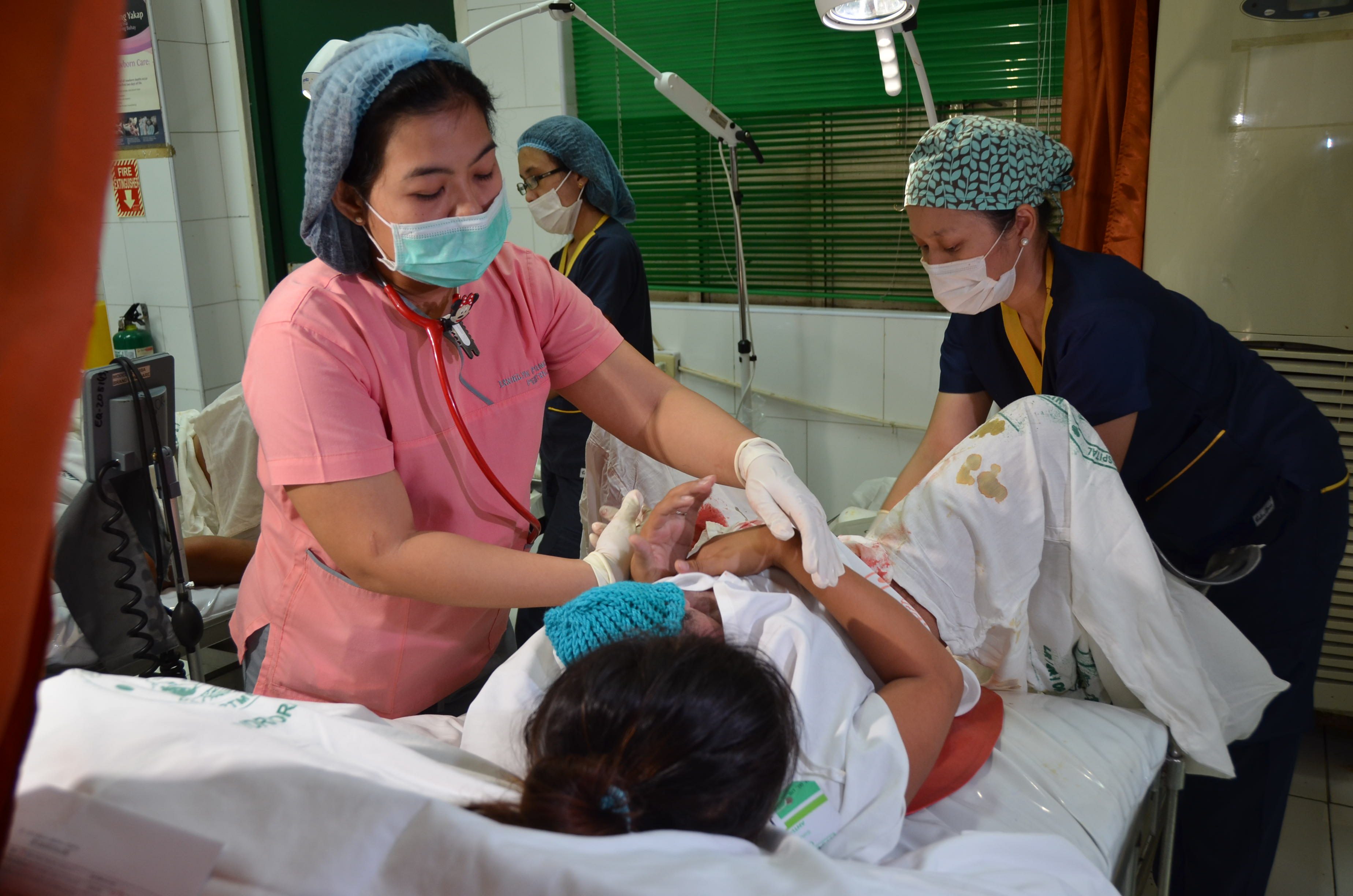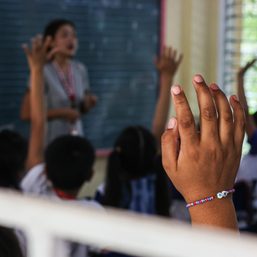SUMMARY
This is AI generated summarization, which may have errors. For context, always refer to the full article.

The number of Filipinos is expected to reach 110.8 million in 2021, with the “notable increase” being that of the working population, the Commission on Population and Development (PopCom) reported on Wednesday, December 30.
But factoring in the effects of the COVID-19 pandemic, which may include affected access to reproductive health services, the projected figure could swell to 111.1 million due to unplanned pregnancies.
A declining growth rate of 1.31% comes along with the new population projection. In 2016, the population growth rate was pegged at 1.68%, and then further decreased to 1.45% from 2019 to 2020.
Last year, the 2020 estimate was 1 million less than initially expected. PopCom said it held positive implications that family planning policies had been working in the country.
A booming working population
Among population groups, PopCom said the most notable increase was observed among working-age Filipinos, or those who are aged 15 to 64. This group is expected to increase by 1 million from 2020, and will reach more than 71.2 million by 2021 – making up 64.15% of the entire Philippine population.
The increase in working class Filipinos yields the need for the country to create at least half a million new jobs next year. The Philippines is still reeling from a recession induced by the coronavirus pandemic.
While the likelihood of actually getting a job is daunting, PopCom Executive Director Juan Antonio Perez III noted the economic opportunity for the country from the large working population.
“The increasing working age population presents a prospect for economic gain because of potentially greater income and productivity it can generate. This is what we call an opportunity for demographic dividend,” he said.
PopCom highlighted the need to keep the working class healthy and educated to be able to reap these potential economic benefits.
Dependent population
With the increasing number of working-age Filipinos also comes the usual increase of the “dependent” group, or those who are 0-14 and 60 years old and above. These groups will have an increase of 475,543, to yield a total of 43.1 million.
For what PopCom says is the first time, senior citizens will exceed 10 million. This implies the need for better health care for this group due to their vulnerability to COVID-19.
“Eventually we hope [the Philippine Health Insurance Corporation] will develop more policies that would make it easier for senior citizens to bear the burden of health services, as they require more care,” Perez said in a virtual presser.
Access to services, preventing teen pregnancies
Concerned agencies would usually maximize movement to ensure the availability of reproductive health services in communities, but the coronavirus pandemic has affected these efforts, PopCom said. They continue now by going “house to house” to provide these services.
Despite a “low” increase of 38,224 in the 10 to 19 age group, the PopCom still estimates teenage pregnancies to reach 102,000, “also as an after-effect by community quarantine-induced service reductions on family planning.”
Teenage pregnancies are still alarmingly on the rise, according to the 2019 Reproductive Health (RH) Law annual report from PopCom and the Department of Health. The agencies found that the number of girls getting pregnant and giving birth for the first time at a young age has been increasing.
Perez said the commission has also been working with the Department of Education to ensure the rollout of comprehensive sex education modules in the country’s remote learning system. It first prioritized these modules in Ilocos Region, Central Visayas, and Davao Region, where teen pregnancy rates are high. The modules were later rolled out to teachers in other regions.
The quality of comprehensive sex education remains to be questioned by advocates, especially now as the quality of education in general is under fire as the country implements distance learning.
Young girls who try to access reproductive health materials are also faced with stigma and shame – moreso when they are denied these services and get pregnant later on. – Rappler.com
Add a comment
How does this make you feel?






There are no comments yet. Add your comment to start the conversation.